Cool Tip: Compound butter
- Jun 23, 2015
Compound butters add a whole lot of flavor...
Suggested search terms: cool tools set, charles viancin value sets, cool tools featured set, tovolo mini spatula and spoonula set, joseph joseph set, charles viancin value set, four seasons table art spoon sets, cool tools all charles viancin value sets, charles viancin value sets options, mastrad set
Compound butters add a whole lot of flavor...
Here are some Whys and Hows of marinating to make it easier.
One of the most luxurious and impressive meats you can prepare, share and enjoy is fresh magret, the breast of a fattened duck. The texture is like velvet, the flavor is like heaven, and the preparation is like child's play!
What's in your basket? Guide to a great picnic infrastructure.
Use chopsticks when canning...
Follow us in excruciating, but delicious, detail of our meals at 2 3-star and 2 1-star restaurants in Spain.
Almonds--the healthy snack...
Cooking can be one of the most rewarding and enjoyable, and at the same time one of the most stressful, things you can do. Rewarding and enjoyable because you’re taking raw ingredients and, through skill, ingenuity, and love, you’re turning them into the whole that is so much greater than the sum of its parts. Stressful, because even with the simplest recipes, there is a lot to keep track of. That’s why we recommend that the first step in any recipe should be “Measure and Mise”: whether it’s written in the recipe or not. We’ve often been guilty of violating this rule, but acknowledging our mistakes has led us to codify this ‘first principle’ in Colbrook Kitchen.
There are several reasons why Measure and Mise is a good idea. But first let’s discuss what it is. Your recipe, if it’s a good one, will tell you how much of each ingredient you will need. It may be by weight: pounds, ounces, grams, etc., or by volume: cup, teaspoon, tablespoon, etc. If you measure each ingredient in advance and put it into a separate bowl, then you don’t have to stop between cooking steps to do it later. The same with mise. “Mise” is short for “mise en place”: in French, literally, “to put in place” or ‘to set up’. This refers not only to measuring your ingredients beforehand, but doing the step that usually (but not always) comes after the comma in the ingredient listing: e.g. chopped, diced, minced, grated, juiced, toasted, etc. It’s getting your ingredients prepared in advance so that, when you are cooking, you can focus on the process and not be interrupted by further prep.
So here are just some of the reasons why your first instruction in any recipe should always be Measure and Mise:
You are compelled to read all the way through the entire recipe before you start to cook. As Julia says in Mastering the Art of French Cooking: “We therefore urge you, however much you have cooked, always to read the recipe first, even if the dish is familiar to you. Visualize each step so you will know exactly what techniques, ingredients, time, and equipment are required and you will encounter no surprises.”
You save time in the long run. This is why restaurant kitchens do it. Doing all your cutting, chopping, measuring, toasting, etc. at one time, in advance, gets all your ingredients into a ready state, and allows you to “clear the decks” so you are ready to cook your dish without distractions or interruptions.
You can focus all your senses, so you can react to whatever is going on in your bowl, pot, or skillet, without your attention being diverted to do a preparation step, in the middle of cooking your dish.
You achieve better results because you’re not risking something boiling over or over cooking because your attention was elsewhere.
When you’re entertaining, you can Measure and Mise before your guests arrive, leaving your cooking to look effortless.
In long recipes, the ingredients may be on a different page than the instructions. If you Measure and Mise first, then you can avoid having to flip back and forth between pages.
You have less stress because you’re not rushing to prepare an ingredient just before you have to add it to your dish. Your cooking becomes a ballet, rather than a hip hop routine.
Many of the Cool Tools on our site were selected to make this Measure and Mise step easier. Take advantage of this principle and make your cooking process more rewarding, less stressful, and more enjoyable.
Oh how we love a beautiful cheese course at the end of a meal! We picked up this habit traveling in Europe and often substitute it for dessert. This ritual, whether as a prelude to dessert or in its place, has become much more familiar and appreciated here in the US.
A good mise en place makes cooking easier...
What do you do with Rotisserie Chicken?
(Sung to the tune of “What Do You Do With a Drunken Sailor”)
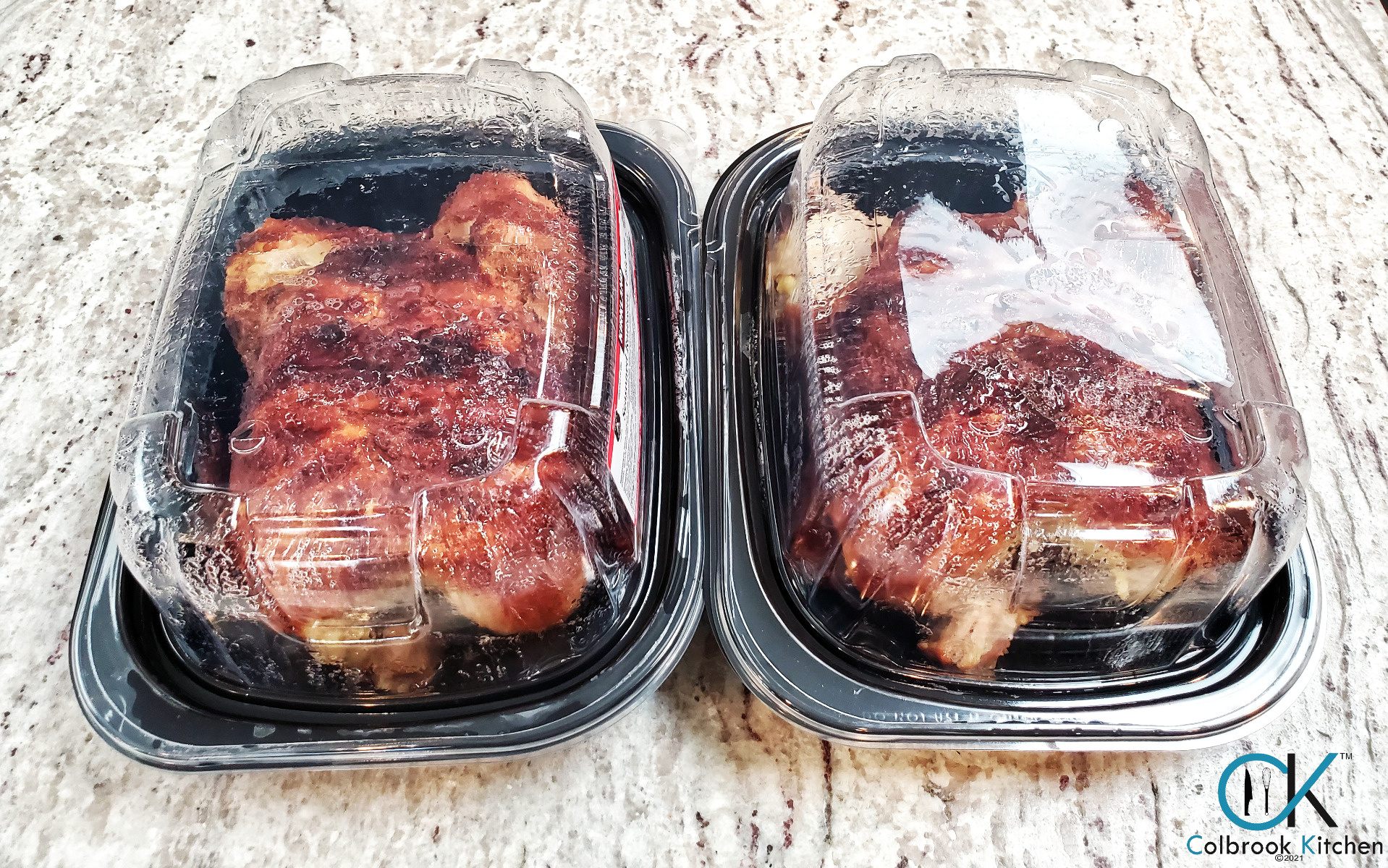
Our recent practice during the pandemic (and it will probably continue after as well) is to go to Costco about once every 2 weeks. Each time, I buy 2 rotisserie chickens (just about the best $10 you can spend). Here’s what I do with it:
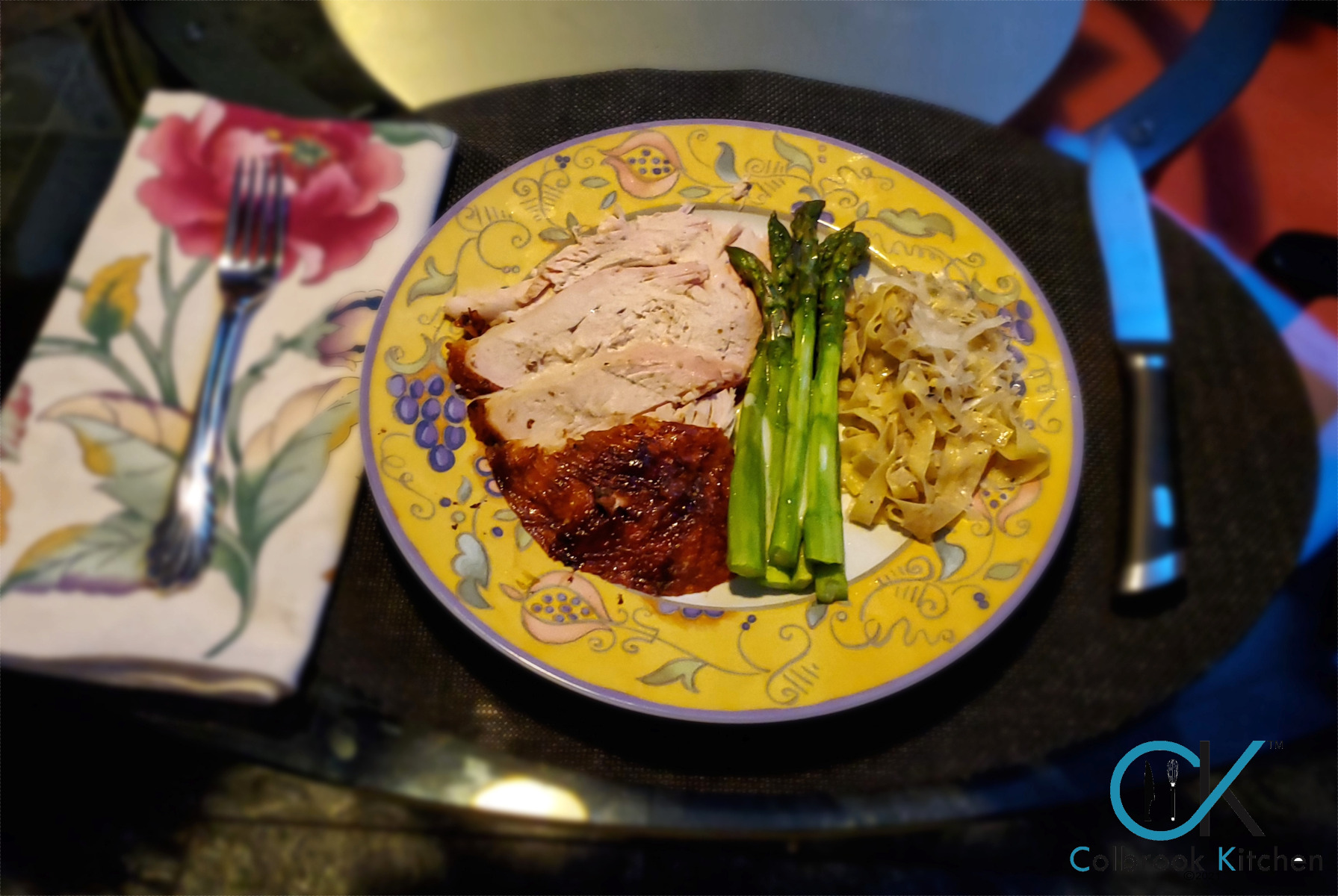
NIght 1: Sliced roast chicken with a veg and maybe a starch--in this case, microwave steamed peeled asparagus (1.5 minutes) with leftover hollandaise and homemade pasta with truffle butter and freshly grated parmesan cheese. Total time: about 15 minutes, including peeling the asparagus--it does make it taste better.
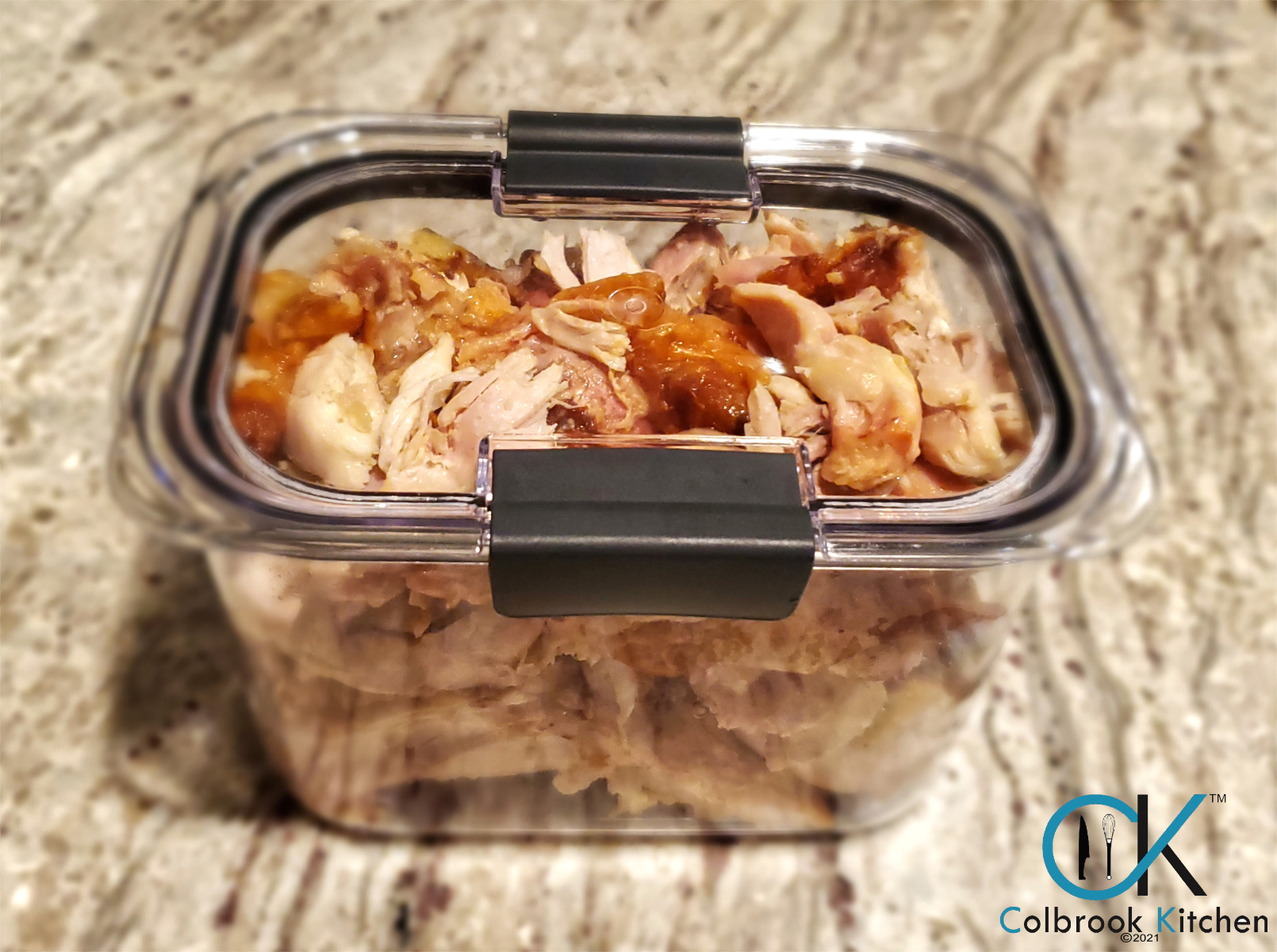
After dinner: I break down the rest of the chickens into chicken meat (to be used in salad, pasta, tacos, chicken salad or soup)
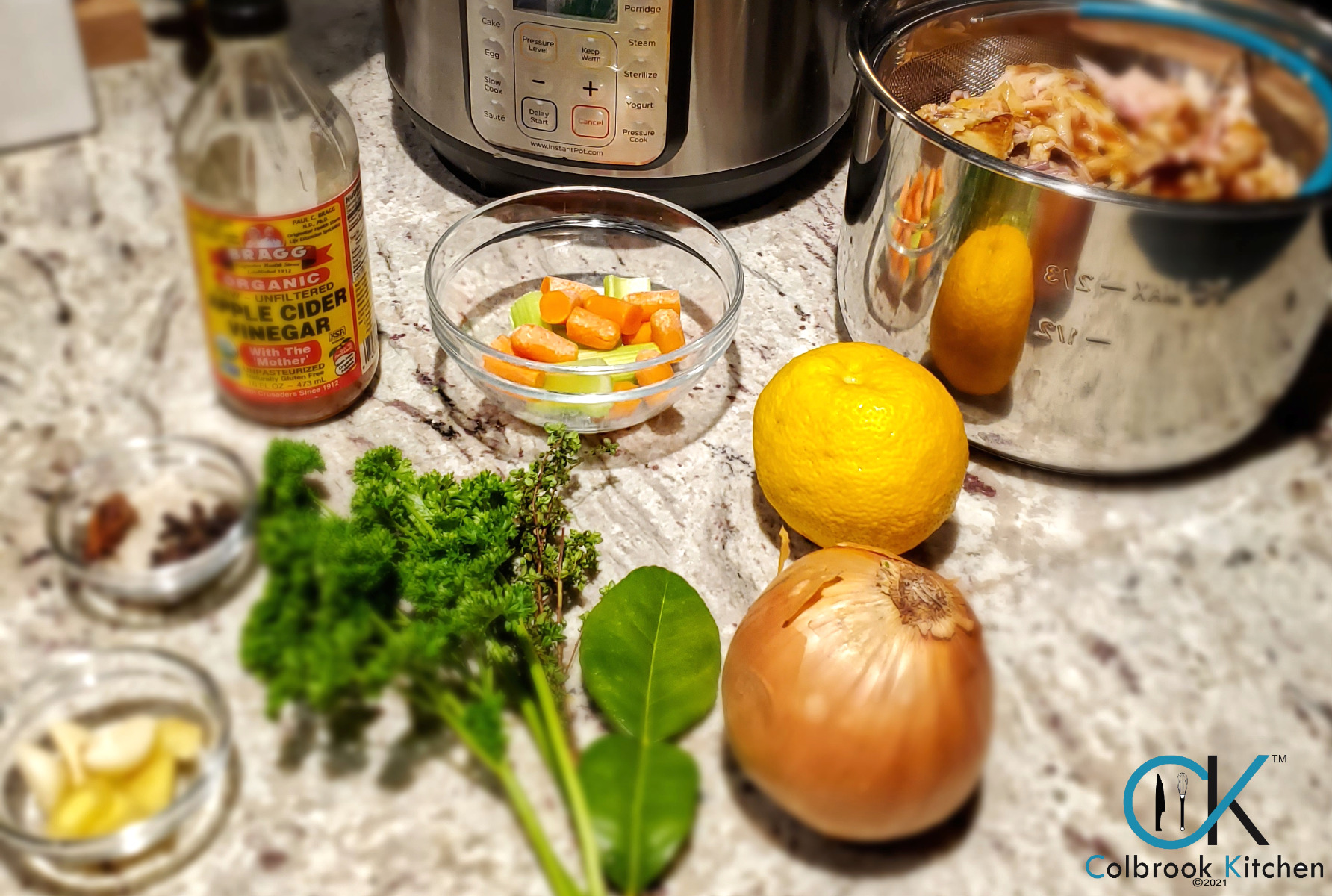
and the bones to be turned into bone broth …
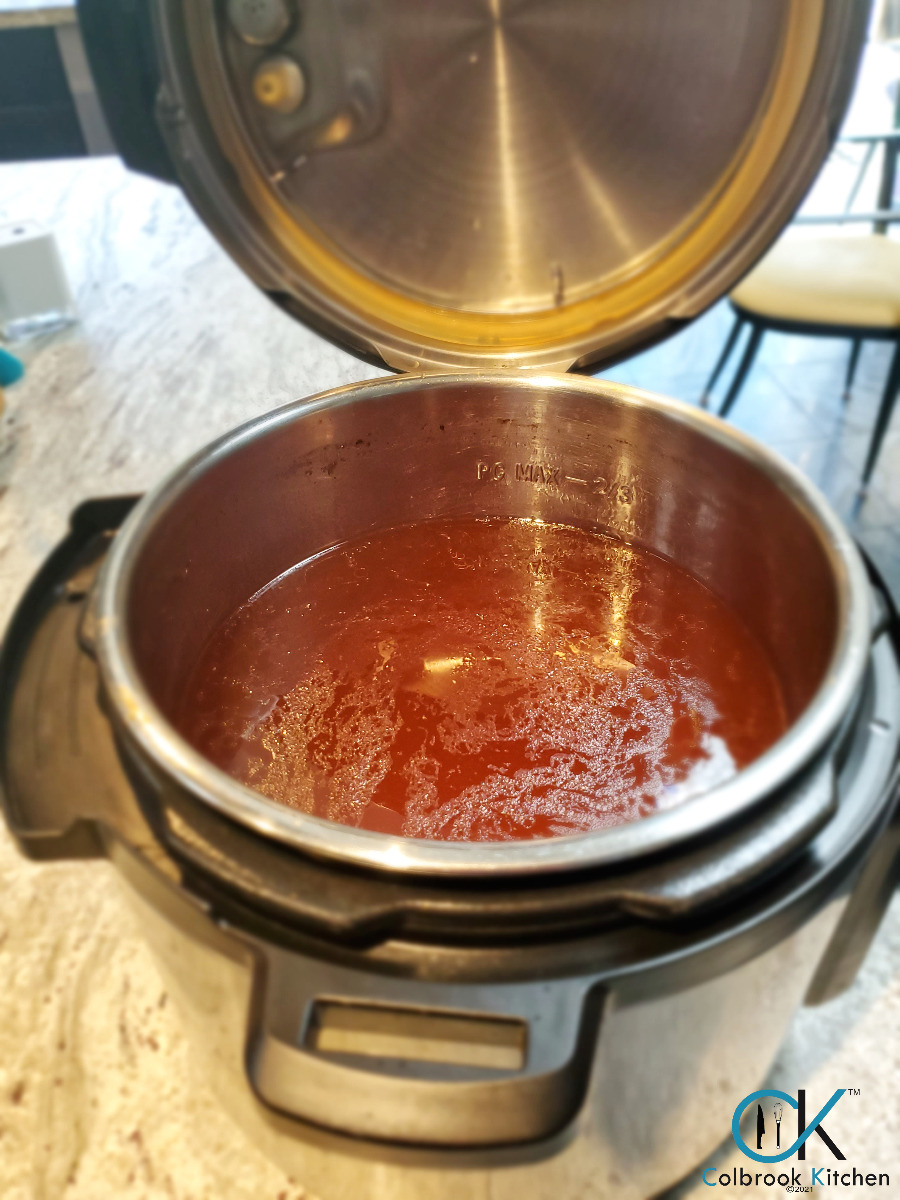
The bone broth cooks overnight in the pressure cooker setting on the Instant Pot.

Which leaves me with a good quantity of chicken bone broth to make some of our favorite soups:
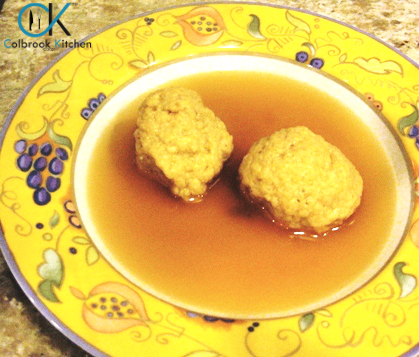
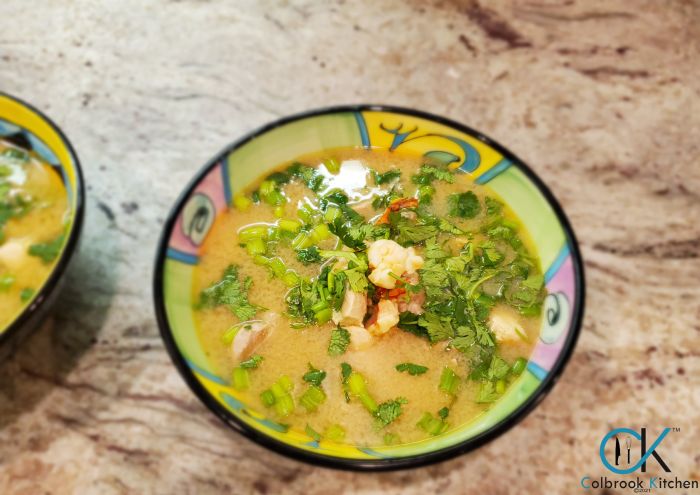
Thai Shrimp, Pork and Chicken Soup with Jalapenos
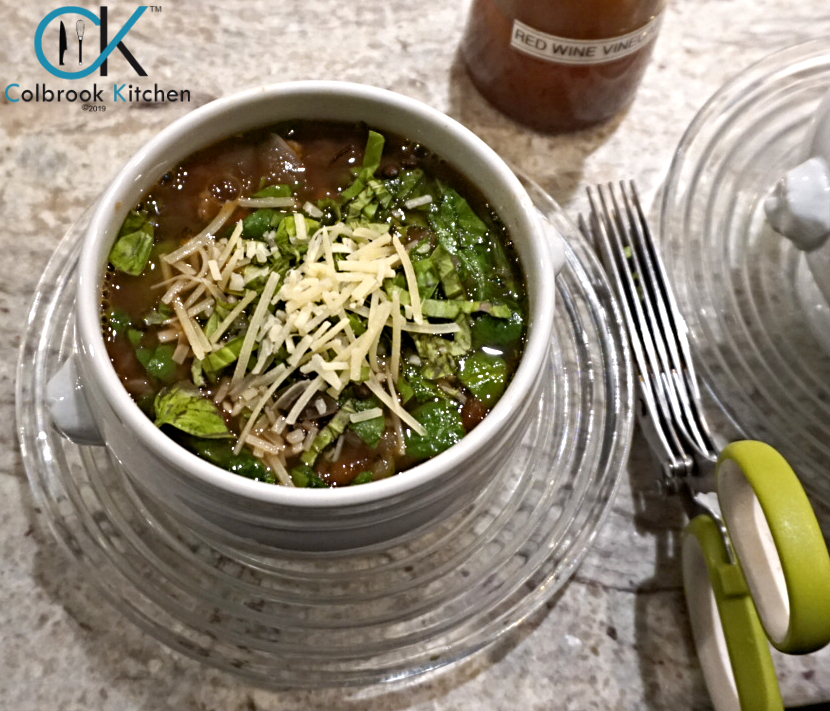
Slow Cooker Lentil Soup with Sausage and Spinach
What do you do with a Rotisserie Chicken?
Slice Across the Grain! We’ve all read this, and been told this, more times than we can remember … and still we forget … what does this mean? Why does this matter? And how do we do it?
There are so many reasons and occasions to give gifts: birthdays, engagements, weddings, anniversaries, special events, Christmas, Chanukah, Kwanzaa, Mother's Day, Father's Day, Valentines Day, hostess, thank you...and the list goes on. Wouldn’t it be great to get or give something that was truly wanted? Think of a Gift Registry as a wishlist with benefits--the benefits being that you can share it with others.
How do you make the marriage of pasta and sauce work? We found a very Cool Tip to do this!
As the Holidays come to a close and you begin the inevitable cleanup from the flurry of the season, don’t forget your Gift Closet. It can be a closet, or a drawer, or simply the corner of a shelf somewhere. It has a critical role throughout the year, but this seems to be the time of year when it needs your particular attention.
How do you make order out of the chaos of your kitchen tools?
Here's the easiest way yet to make homemade mayonnaise...
Over the years we’ve all had various iterations of “non-stick” cookware. The attractions of cooking with less (or no) oil and easy cleanup have always been strong. But problems of durability and concerns over chemical toxicity have fueled debate over the years.
Ever wonder how all those lovely shumai and other dim sum get assembled, just so perfectly?
An easy way to dress up your dining table.
A frequently-asked question for the Home Cook is: what do I really need to keep my knives sharp?
Here's how to hold poached eggs, so they're ready when you are...
Confused about all the choices from Charles Viancin? ... You're not alone
Here's our attempt to make the choices a little easier
An inevitable by-product of Holiday excesses is a … choose your own label: hangover, sour stomach, upset tummy … you know. And there are many patent medicine vendors who will swear their products will relieve your problem.
But one of the oldest, simplest, most effective, and most refreshing remedies is Bitters in Soda (carbonated water).
Here's a tip on how to bread something without creating a real mess...
We're starting the Fast Metabolism Diet and thought it would be fun to share with you what we're eating, what Cool Tools we're using and how it's going. Here's Week 1
My parents always loved caviar. It's a special treat that they never took for granted. They especially enjoyed it during the holiday season, and my mother had a way to make serving caviar easier.
How can you make your scrambled eggs fluffy and creamy? Check it out...
Not all microwaves are the same. Here are some tips to make yours work better for you.
As the saying goes, “everything is better with Bacon!” A chef friend calls it “Vitamin P” ...essential to a daily balanced diet! But how to cook it?
It’s tomato planting season, which means that we not only search for the perfect tomato seedlings, but, almost as important, the perfect way to support them as they grow. Tomatoes always seem to outgrow their cages, and the commercially available cages just aren’t all that attractive or effective.